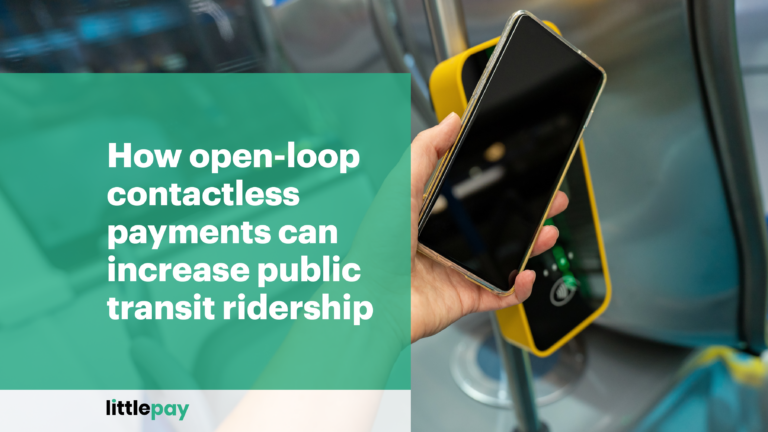
Adopting contactless payments in US public transit: overcoming the challenges
Contactless payments are transforming public transit in the US one

In its most common and basic form, payment processing occurs in a ‘4 party model’. The 4 parties are:
i) The Customer (or the traveller in transit) – purchaser of the services
ii) Issuing Bank (Customer’s Bank) – issuer of the payment card
iii) The Merchant (Transit Operator) – seller of the good or service.
iv) Acquiring Bank (Merchant’s Bank) – responsible for processing the transaction
Acquiring banks process payments for merchants. After the customer either taps their card (‘card present’ transaction) or submits their payment card details online (‘card not-present’ transaction), the acquirer initiates a request to authorise the payment. When the transaction is authorised, the acquirer retrieves the funds. Acquirers must be licensed and regulated financial institutions that can securely handle customer funds.
Some examples of Acquirers are: Elavon, Rapyd, WorldPay and Adyen.
Payment processing involves complex and intricate relays between the Issuing Bank and the Acquirer for authorisation and settlement. It is the Card Networks, like Visa, Mastercard, Amex and Discover, who licence the ‘‘payment rails’ (or scheme) by which the Banks communicate with each other to authorise and settle transactions. The card networks specify the various rules and requirements to ensure card transactions are processed reliably and securely across the world.
Acquiring banks are large global regulated financial institutions. Their strength is in reliably processing very large volumes of transactions for tens of thousands of Merchants, globally…

To continue reading the article, please complete the form below:

Contactless payments are transforming public transit in the US one

Sustainability, mobility and equity have become touchstones of modern public

Successful apps have one thing in common. They just work.

America’s public transportation systems face existential challenges. Ridership hasn’t yet